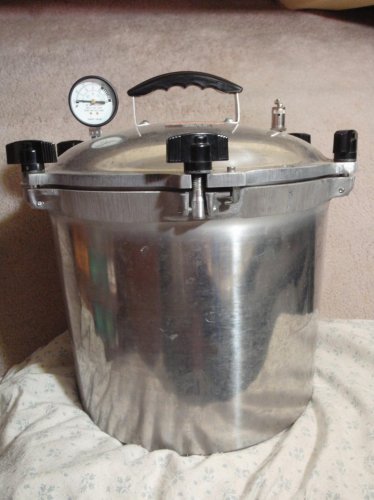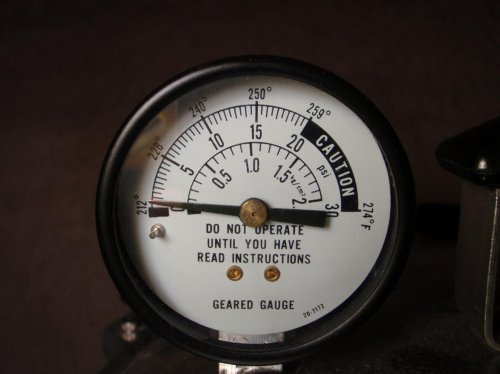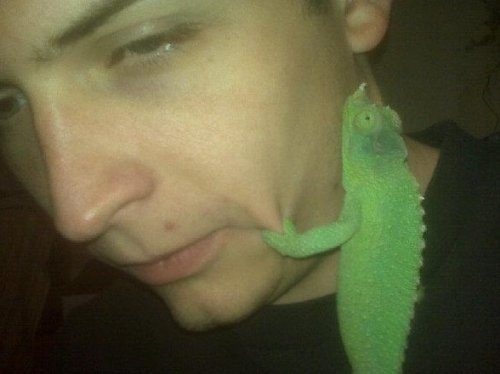LeoM
New Member
If i get to pick something up from a park or some place i find branches... how should i clean them properly if i have to???
i hear some people use bleach and some that get them into the oven.. wont that start a fire or something?
will a regular cleaning house antibacterial work?? and how much should i wait from cleeaning to setting it up??
ohoh and last question.. when someone says they use a 1:10 ratio bleach to water.. to they mean like of the whole thing youll use.. it has 1 part bleach and the rest water or what?? thanks!
i hear some people use bleach and some that get them into the oven.. wont that start a fire or something?
will a regular cleaning house antibacterial work?? and how much should i wait from cleeaning to setting it up??
ohoh and last question.. when someone says they use a 1:10 ratio bleach to water.. to they mean like of the whole thing youll use.. it has 1 part bleach and the rest water or what?? thanks!



